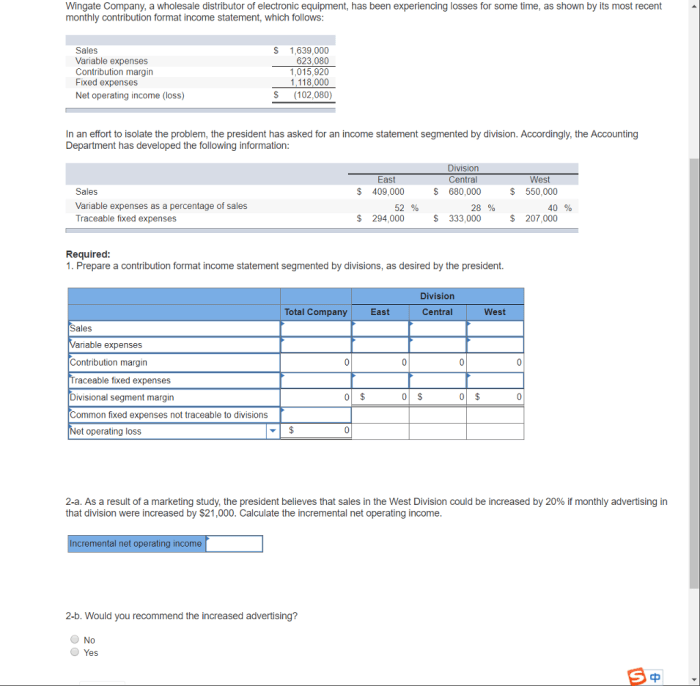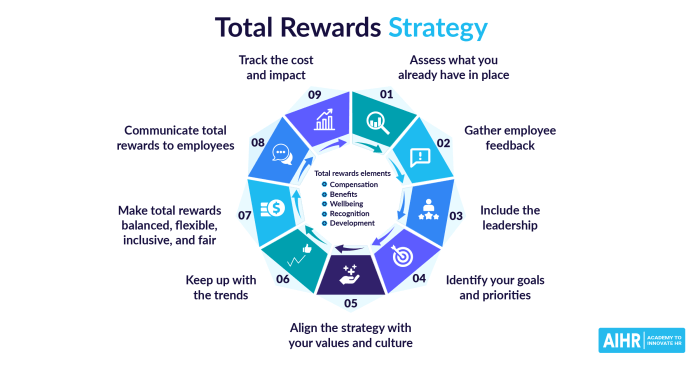Which statement about e-HRM is most accurate? Embark on an in-depth exploration of this multifaceted concept, uncovering its transformative impact on HR practices and the implications for organizations navigating the digital landscape. This comprehensive analysis delves into the essence of e-HRM, its benefits, challenges, and future prospects, providing a clear understanding of its significance in shaping the modern workplace.
As technology continues to redefine the business landscape, e-HRM emerges as a pivotal force, revolutionizing HR processes and empowering organizations to achieve greater efficiency, data-driven decision-making, and employee engagement. Understanding the nuances of e-HRM is crucial for HR professionals and business leaders alike, enabling them to harness its full potential and drive organizational success.
1. Definition and Overview of e-HRM

e-HRM (Electronic Human Resource Management) is the application of technology to streamline and automate HR processes, enabling organizations to manage their workforce more efficiently and effectively. It encompasses a wide range of functions, from recruitment and onboarding to performance management and compensation.
Key components of e-HRM systems include:
- Applicant Tracking System (ATS)
- Performance Management System
- Compensation and Benefits Management System
- Learning and Development Management System
- Payroll and Time Management System
2. Benefits of e-HRM

e-HRM offers numerous benefits to organizations, including:
- Increased efficiency and productivity
- Reduced costs
- Improved data management
- Enhanced employee engagement
- Better decision-making
3. Challenges of e-HRM
Despite its advantages, e-HRM implementation can also present challenges, such as:
- Data security concerns
- Employee resistance to change
- Technological limitations
- Cost of implementation
4. Current Trends and Future Prospects of e-HRM

e-HRM is continuously evolving, with emerging trends including:
- Artificial Intelligence (AI) and automation
- Data analytics and workforce analytics
- Employee self-service
- Cloud-based HR systems
5. Case Studies and Best Practices: Which Statement About E-hrm Is Most Accurate
Numerous organizations have successfully implemented e-HRM solutions, showcasing its potential benefits. Best practices include:
- Engaging employees in the implementation process
- Providing comprehensive training and support
- Integrating e-HRM systems with other business applications
- Regularly evaluating and updating e-HRM systems
6. Comparison of e-HRM with Traditional HRM
e-HRM differs from traditional HRM in several key aspects:
| Feature | e-HRM | Traditional HRM |
|---|---|---|
| Data Management | Centralized, digital data | Paper-based or decentralized data |
| Employee Engagement | Self-service and mobile access | Limited self-service and communication channels |
| Decision-Making | Data-driven, real-time insights | Subjective, often based on historical data |
7. Impact of e-HRM on HR Professionals

e-HRM is transforming the role of HR professionals, requiring new skills and competencies, such as:
- Data analytics
- Technology proficiency
- Strategic planning
- Change management
8. Legal and Ethical Considerations in e-HRM
e-HRM systems raise legal and ethical concerns related to:
- Data privacy and confidentiality
- Employee monitoring
- Bias and discrimination in algorithms
- Compliance with labor laws
Best practices include:
- Implementing robust data security measures
- Ensuring transparency and accountability in employee monitoring
- Testing algorithms for bias and fairness
- Staying up-to-date with relevant labor laws
FAQ Guide
What is the primary advantage of e-HRM?
e-HRM offers numerous advantages, including improved efficiency, reduced costs, enhanced data management, and increased employee engagement.
What are the potential challenges associated with e-HRM implementation?
e-HRM implementation may encounter challenges such as data security concerns, employee resistance, and technological limitations.
How is e-HRM transforming the role of HR professionals?
e-HRM is transforming the role of HR professionals, requiring them to develop new skills and competencies in areas such as data analytics, technology management, and change management.